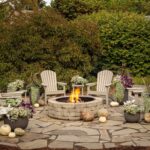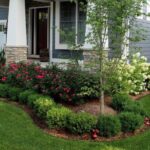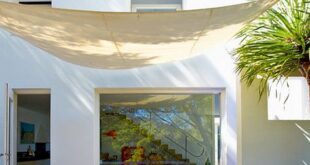Landscaping design is an essential aspect of creating a visually appealing outdoor space that enhances the overall aesthetic of a property. A well-designed landscape can add value to a home, improve curb appeal, and provide a peaceful and inviting environment for residents and guests to enjoy. When planning a landscaping design, it is important to consider the layout, functionality, and overall vision for the space.
One of the key elements of landscaping design is the layout and organization of the various features within the outdoor space. This includes determining the placement of plants, trees, pathways, and other hardscape elements such as patio areas or retaining walls. The layout should be carefully planned to create balance and harmony within the space, with consideration given to factors such as scale, proportion, and rhythm.
Functionality is another important consideration in landscaping design. The design should take into account the practical needs of the space, such as providing areas for seating, dining, or entertaining, as well as creating zones for relaxation, play, or gardening. The layout should be user-friendly and easy to navigate, with paths and walkways that are well-defined and accessible.
Incorporating a cohesive and cohesive overall vision is crucial in landscaping design. This includes choosing a color scheme, plant palette, and design style that reflects the desired aesthetic for the space. Whether it’s a formal, structured garden with manicured lawns and geometric shapes or a natural, organic landscape with native plants and winding pathways, the overall vision should guide the selection of materials, plants, and design elements.
Another important aspect of landscaping design is the selection and placement of plants and trees. The choice of plant varieties should be based on factors such as climate, soil type, sun exposure, and maintenance requirements. Plants should be arranged to create visual interest and texture, with consideration given to height, color, and seasonal interest. Trees can also play a significant role in landscaping design, providing shade, privacy, and vertical interest to the space.
Hardscape elements, such as patios, decks, pathways, and water features, can add structure and functionality to a landscape design. These features should be selected and placed strategically to complement the overall design and enhance the usability of the outdoor space. Hardscape materials should be durable, low-maintenance, and visually appealing, adding beauty and interest to the landscape.
Overall, landscaping design is a creative and rewarding process that can transform an outdoor space into a beautiful and functional oasis. By carefully considering the layout, functionality, vision, plant selection, and hardscape elements, a well-designed landscape can enhance the beauty and value of a property, while providing a welcoming and inviting environment for residents and guests to enjoy.
















